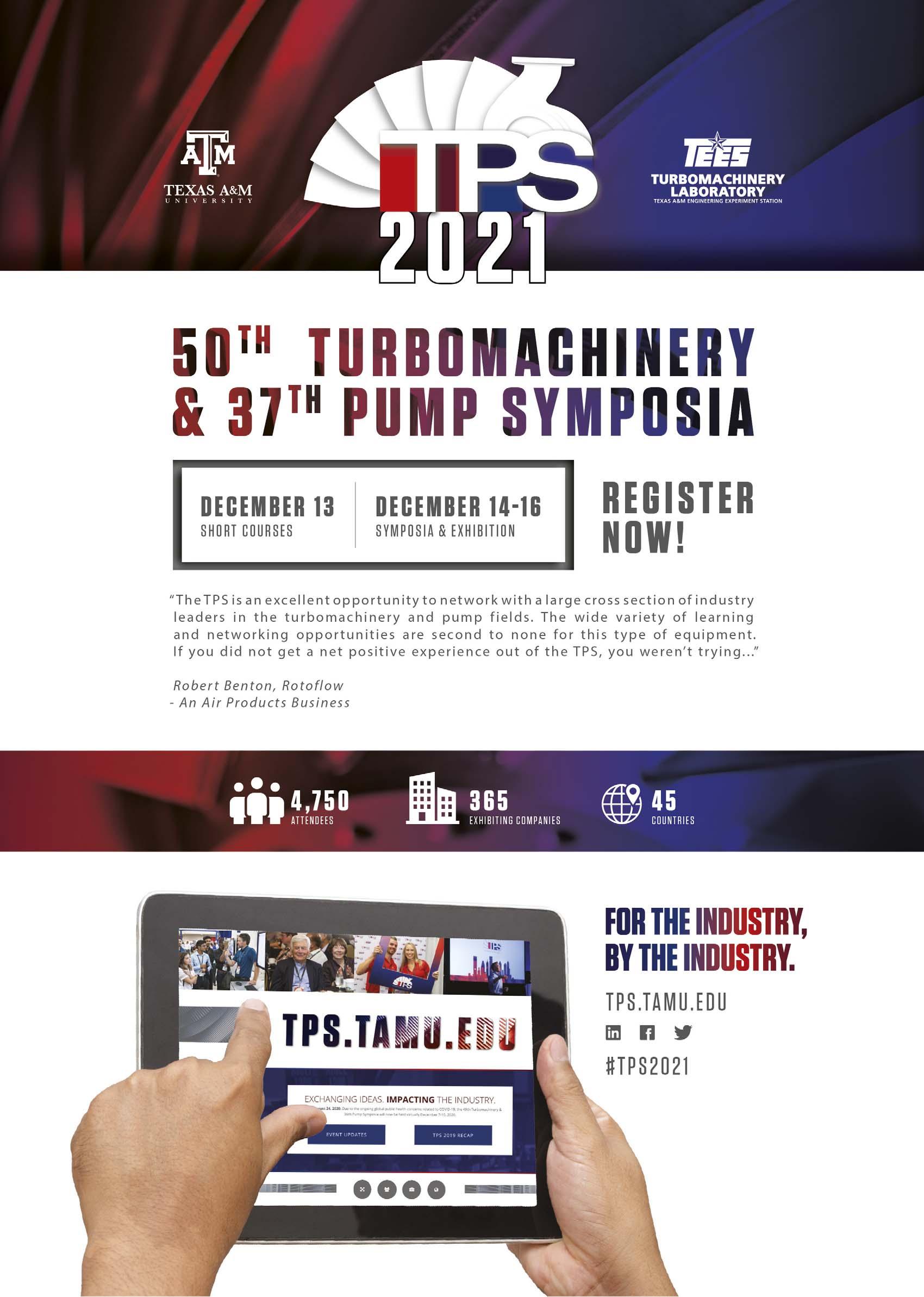
10 minute read
A running start to net zero







Ken Chlapik, Dominic Winch, and Carl Keeley, Johnson Matthey, outline why it is important to use all of the tools and technologies available today to reduce CO2 emissions in order to achieve a running start to net zero targets.


Starting in the 19th century, around the time of the industrial revolution (1760 – 1840), the industrial-scale production of chemicals and, later, petrochemicals has been an infl uential part of societal change. Since the early beginnings, these industries have constantly evolved, adopting novel process, technology and equipment to drive effi ciency improvements, increases in quality and cost reductions. Now the world faces new challenges. As the effects of climate change become apparent, many companies and countries recognise there is an urgent need to act to reduce human impact on the environment. To reduce the impact of climate change it is essential to dramatically reduce our carbon footprint in every aspect of life. Since 2003, Johnson Matthey (JM) has been recognised as a constituent of the FTSE4Good Index Series, which measures the performance of companies demonstrating strong environmental, social and governance (ESG) practices. The formation of JM’s Low Carbon Solutions business builds on the company’s strong foundation of sustainable technologies and is enabling operators to navigate the energy transition and reduce the carbon intensity of their syngas production.

Industrial sources of CO2

Globally, direct industrial emissions of carbon dioxide CO2 equate to around 8.5 Gt across the major sectors, as shown in Figure 1.1 When looking at direct industrial CO2 emissions, the chemicals and petrochemicals industry is the third largest emitting sector behind iron and steel, and cement. According to the International Energy Agency (IEA), 2018 CO2 emissions from the chemicals and petrochemicals sector were 1.2 Gt or 14% of industrial CO2 emissions. Around 70% of this 1.2 Gt (or 0.84 Gt) can be considered to come from conventional or grey synthesis gas (syngas) production; this is approximately 10% of the total global industrial CO2 emissions.
Net zero targets and timescales
Companies and governments are looking into a broad range of solutions to lower the carbon intensity of industry. According to the Energy and Climate Intelligence Unit, Net Zero Tracker, 134 countries have made or are considering commitments to net zero targets stretching out to the 2050 – 2060 timeframe.2 The present legislative frameworks around carbon pricing and emission trading schemes are primarily focused across European countries, as well as in the western provinces of Canada and the western US, as shown in Figure 2. These carbon pricing and emissions trading schemes are addressing over 20% of the global CO2 emissions while starting to valorise decarbonisation. The latest Intergovernmental Panel on Climate Change (IPCC) report suggests that limiting global temperature rise to 1.5˚C or 2˚C will not be possible unless greenhouse gas emissions are reduced signifi cantly and rapidly.3 This may spur global governments to act quicker to implement legislation and compress timelines to compliance.



CO2 in syngas production
The syngas industry can reduce its CO2 emissions using innovative solutions for the energy effi cient production of hydrogen, ammonia and methanol that are demonstrated at scale and available today. Conventional or grey syngas production uses a steam methane reformer (SMR) to convert coal, natural gas and other hydrocarbon-based feedstocks into a mixture of hydrogen and carbon monoxide. The hydrogen produced via this process is used for petroleum-based clean fuel, ammonia fertilizer, and methanol production. The syngas carbon monoxide can be used to produce chemicals, or fuel and energy, or additional hydrogen via the water-gas shift (WGS) reaction. While syngas production through the decades has been focused on reducing production cost in contrast to reducing carbon intensity, broadening the use of proven advanced reforming technologies, and CO2 capture, utilisation, or storage (CCUS) technologies, can signifi cantly reduce the carbon intensity of syngas production. These CCUS technologies use today’s technology and materials, manufacturing, and supply chain infrastructure, enabling these solutions to be utilised at scale today.
Conventional SMR technology comprises a fi red heater with tubes, in which reforming reactions take place. Usually, coal, natural gas, and other hydrocarbon-based fuel is burned with air in the fi red heater to generate thermal energy required for the reforming reactions. This fuel combustion is the main source of CO2 emissions. The CO2 generated here in the fuel side of the fi red heater portion of the SMR is emitted in the fl ue gas stream and is referred to as post-combustion CO2. In general, the post-combustion fl ue gas is produced at low-pressure, and contains water, excess-oxygen, and signifi cant quantities of impurities, from the fuel and air, generated by the high-temperature combustion process. Although technically diffi cult, established solvent-based technologies can be used to capture the post-combustion CO2.
The other source of CO2 originates from process-side syngas production. The CO2 generated here is at high pressure and the process stream composition is easier to work with. Consequently, the capture of this process-side, byproduct CO2 is less complex and costly, and established solvent and absorbent based technologies can provide cost-effective solutions.
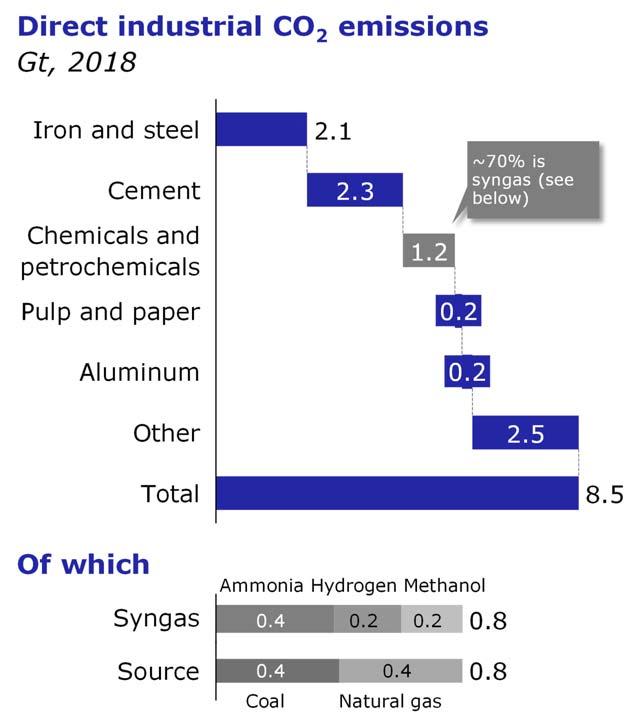
Figure 1. Direct industrial CO2 emissions (source: International Energy Agency [IEA], 2018).
Advanced reforming technologies
Advanced reforming can be used to reduce post-combustion CO2 production by replacing part or all of the conventional SMR syngas production. An autothermal reformer (ATR) generates heat for the process with process-side combustion, using oxygen or enriched air to drive the reforming reactions which generate the byproduct CO2 within the process stream. The ATR requires a source of oxygen, which is typically produced through air separation. A gas heated reformer (GHR) can be combined with an SMR or
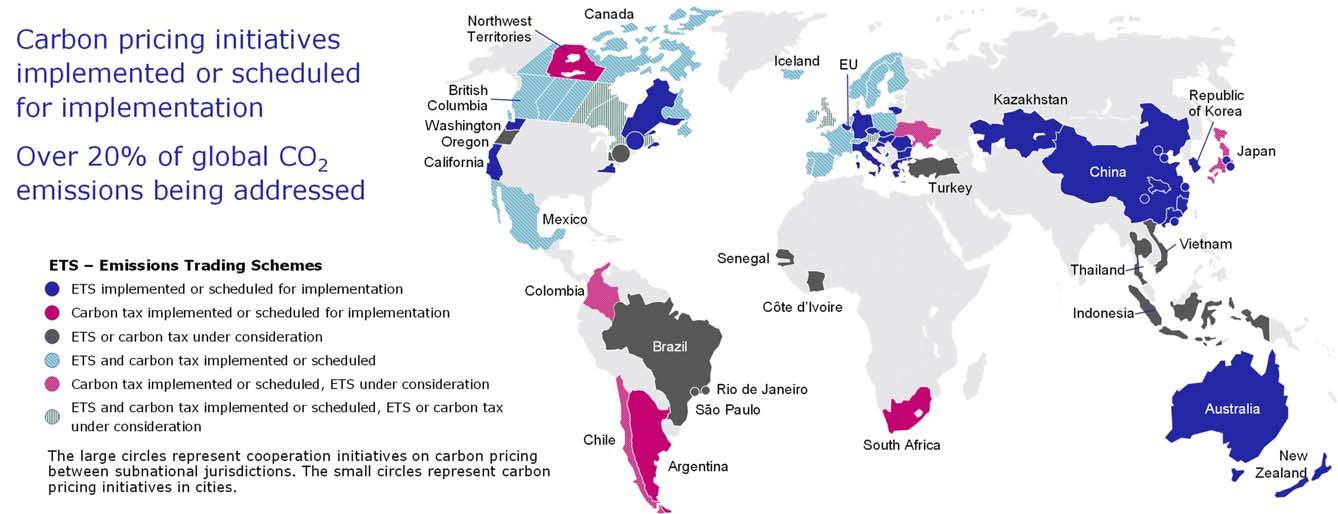
Figure 2. Carbon trading initiatives (source: World Bank, Kearney).4

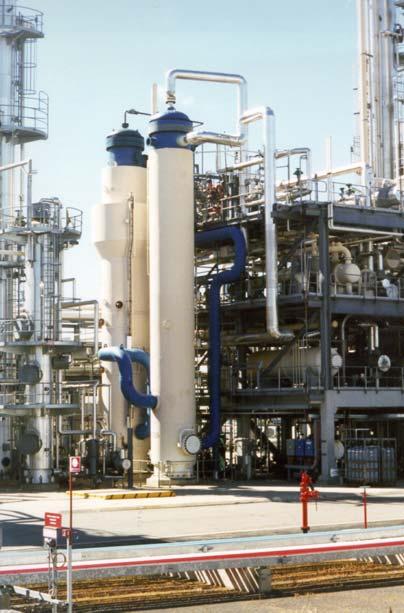
Figure 3. Example of conventional and advanced reforming technologies. Left: conventional SMR – post-combustion CO2 represents 60% of process CO2 emissions. Right: advanced reforming – gas heated reformer (GHR) eliminates post-combustion CO2 emissions. Figure 4. Greenhouse gas emissions from different hydrogen production pathways in 2030 and 2050 (kg CO2/kg H2).5
Understanding legislative requirements and financial instruments is key
ATR to achieve even greater heat integration, lower byproduct CO2, and lower carbon intensity than an SMR. A GHR can use the hot outlet process gas of an SMR or ATR to heat the inlet feed gas to the GHR. In April 2016, JM won the Outstanding Achievement in Chemical and Process Engineering Award at The Institution of Chemical Engineers (IChemE) Global Awards for its innovative process technology for methanol production that utilises advanced reforming with a GHR to save energy, cut costs and deliver a step change reduction in carbon emissions.
Progressing projects with sustainability and longevity in mind
When considering decarbonisation solutions, it is important to factor in the lifecycle emissions associated with implementing a new solution or technology. To utilise hydrogen in the future, energy infrastructure and electric grids need to be green. However, waiting for renewable energy to achieve a green electrical grid may be too late in some cases. Therefore, using solutions that decarbonise outside the grid allows the end-user to avoid competition for renewable energy with hard to abate sectors and enables signifi cant carbon reductions to be achieved today. The recent Hydrogen Council Lifecycle Analysis report, summarised in Figure 4, shows the marked reduction in carbon intensity that can occur with utilising advanced reforming and CO2 capture in 2030.5 It also shows how in 2050, with an established green electrical grid, the carbon intensity of proton exchange membrane (PEM) electrolysers is substantially reduced. However, combining advanced reforming with CO2 capture sustainably expands the working life of existing syngas production assets until 2030, and even 2050. Quickly selecting the right pathway to minimise the impact of syngas production is important. Implementing decarbonisation projects will require a full understanding of the regulatory landscape, available technology, and project economics. As shown in Figure 2, there are many variations on emissions trading schemes forming across the globe. Understanding the legislative and fi nancial impacts of carbon will enable the value of decarbonisation investments to be defi ned. While a high-level understanding will be a part of corporate decarbonisation strategies and plans, techno-economic studies at the plant level will give the level of detail required to determine the optimal solutions. Monitoring, analysis, and diagnostics of existing carbon intensity will need to be performed to understand the current level of CO2 emissions, and determine where CO2 reductions are achievable. Continuous monitoring will also support the full accounting and certifi cation of CO2 emissions that will be needed to enable external reporting and claims, and to show progress in decarbonisation as well. JM’s customers are involving the company in these early discussions in order to identify pathways to achieve sustained carbon reductions. The company’s reformer and catalyst modelling capabilities have enabled the continued
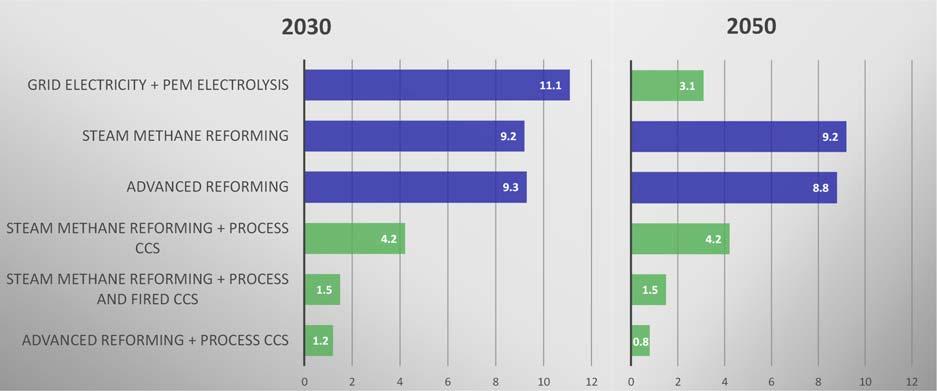
development of its technologies and catalytic solutions, helping its customers reduce their cost of operation and improve plant effi ciency. Having evaluated and modelled many of the existing syngas plants, JM understands how the operation can impact carbon performance, CO2 emissions and decarbonisation potential. These complex carbon advisory pathways described are simply illustrated in Figure 5. In response to the needs of customers, JM has established a carbon advisory as part of its Low Carbon Solutions business to help its customers navigate the energy transition, and decarbonise their syngas production.
Decarbonisation at scale needs to start today
To achieve net zero targets beyond this decade, conversion of the electrical grid to low-carbon, renewable power and green hydrogen production technology will be needed. These green technologies will include renewables, electrolysis, batteries, and fuels cells. Accelerating progress on these green technologies will require new materials, supply chain, and manufacturing capabilities. Multi-billion-dollar investments will be made to enable this long-term shift to net zero. However, there is already concern and debate as to whether the pace, scale, and capabilities of these technologies will meet the net zero targets being established. Whilst investing in these technologies and deploying them is important to meet these targets and CO2 reduction commitments, it is important to act now and use all the tools and technologies available to reduce CO2 emissions. CO2 capture, CO2 integration, and advanced reforming technologies are commercially available at the scale of these existing fi red SMR syngas production plants. These technologies can be built using existing capabilities and infrastructure, which means CO2 reductions can be realised at scale today, offering a running start to net zero.
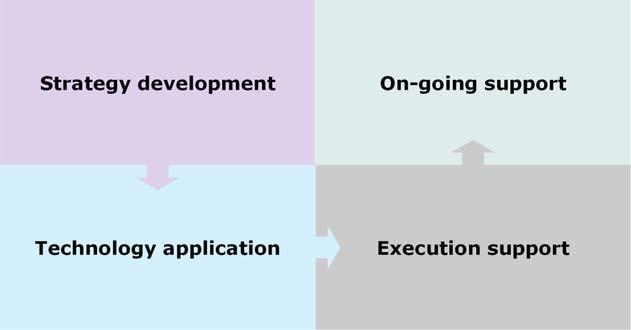
Figure 5. JM’s carbon advisory pathway covers diverse services and is growing fast.
References
1. ‘Future of Hydrogen’, International Energy Agency (IEA), (2018). 2. Energy and Climate Intelligence Unit, Net Zero Tracker, https://eciu.net/netzerotracker, (accessed September 2021). 3. ‘Climate Change 2021: The Physical Science Basis,’ IPCC,
Contribution of Working Group I to the Sixth Assessment Report of the Intergovernmental Panel on Climate Change, (2021). 4. World Bank & Kearney Consulting 2020 Map of regional, national, and subnational carbon policy incentives. 5. ‘Hydrogen Decarbonization Pathways, A life-cycle assessment’,
Hydrogen Council, (2021).

